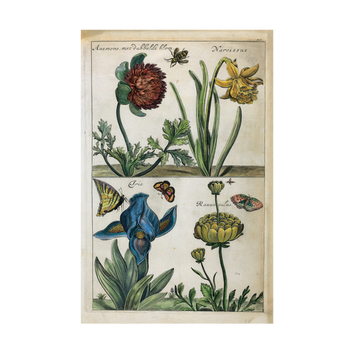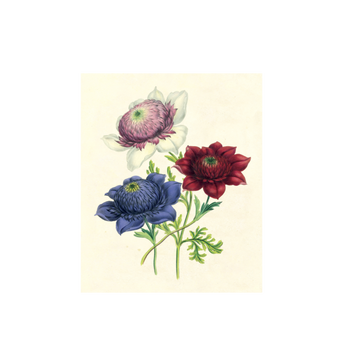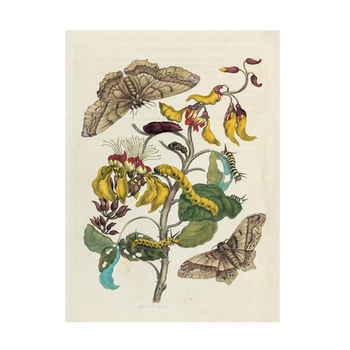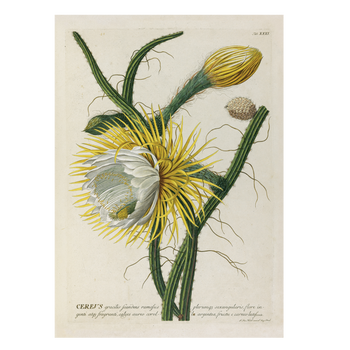You have no items in your shopping cart.
Flower Plates Hortus Amoenissimus box Flower Plates Hortus Amoenissimus box
Flower collection selection of 6 botanical prints Flower collection selection of 6 botanical prints
€34,00
Natural gems: FDe Geest collection.
Natural gems: FDe Geest collection.
Availability:
In Stock
Sku: CARTGEEST
ISBN/EAN: 8032472007418
Yellow day lily, Clusius' tulip, oriental poppy, attar of roses, calendula, European peony. These are the subjects of the six splendid illustrations reproduced from the Hortus Amoenissimus by Franciscus de Geest.
Innovative printing techniques for one of the most beautiful flower anthologies of the baroque Seventeenth century.
Life-size reproduction, printed on fine 260 g paper.
The history of botany, with the popularisation of its most rare and precious aspects, has always been part of the vision of Aboca. The Hortus Amoenissimus was painted by Franciscus de Geest at the end of the Seventeenth century, contains more than two hundred illustrations of flowers. Even today it is surprising for the freshness of colours and the grace of touch with which each species is depicted. The copy of the original manuscript, held at the Rome National Central Library, was curated and published by Aboca Edizioni.
Yellow day lily, Clusius' tulip, oriental poppy, attar of roses, calendula, European peony. These are the subjects of the six splendid illustrations reproduced from the Hortus Amoenissimus by Franciscus de Geest.
Innovative printing techniques for one of the most beautiful flower anthologies of the baroque Seventeenth century.
Life-size reproduction, printed on fine 260 g paper.
The history of botany, with the popularisation of its most rare and precious aspects, has always been part of the vision of Aboca. The Hortus Amoenissimus was painted by Franciscus de Geest at the end of the Seventeenth century, contains more than two hundred illustrations of flowers. Even today it is surprising for the freshness of colours and the grace of touch with which each species is depicted. The copy of the original manuscript, held at the Rome National Central Library, was curated and published by Aboca Edizioni.
Dimensions 28,5 x 45 cm
26 gr Modigliani Cordenons paper
Dimensions 28,5 x 45 cm
26 gr Modigliani Cordenons paper













